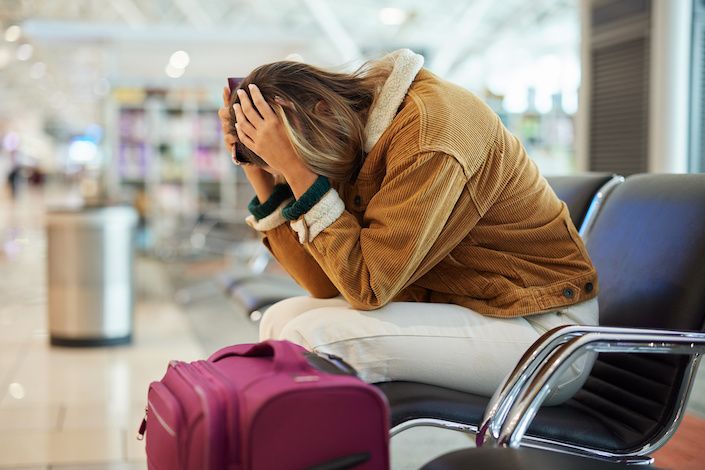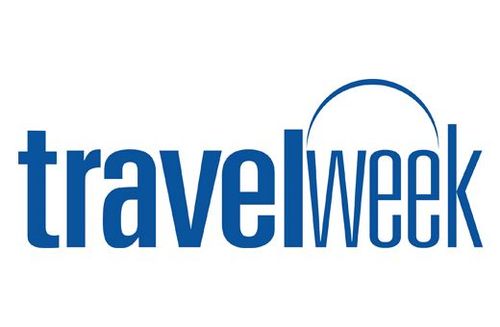Where travel agents earn, learn and save!
News / Nearly 2,000 Air Canada flights delayed, cancelled over long weekend
Roughly half of all trips by the country’s biggest airline were disrupted Saturday through Monday, according to figures from tracking service FlightAware

Air Canada delayed or cancelled nearly 2,000 flights over the Canada Day long weekend in a potential taste of more trouble ahead for passengers.
Roughly half of all trips by the country’s biggest airline – including its lower-cost Air Canada Rouge and regional partner Jazz Aviation – were disrupted Saturday through Monday, according to figures from tracking service FlightAware.
The 1,965 flight delays and cancellations – over 52% of scheduled flights – stand in contrast to numbers from other Canadian carriers including WestJet, Air Transat and Flair Airlines, which registered lower flight disruption levels.
They also mark an uptick from the previous weekend, despite an unexpected shortage of air traffic controllers at Nav Canada that snarled travel during that period.
Posts and photos of snaking lines and bulging terminals at the main Toronto and Montreal airports popped up on social media over the past few days, as passengers vented their frustrations about late takeoffs and customer service in a throwback to scenes of post-pandemic airport chaos a year ago.
The air travel sector is now in the throes of its summer peak, with 600,000 customers boarding Air Canada planes between this past Friday and Monday, the company said.
Nonetheless, disruption figures have been trending upward over the past few weeks, said John Gradek, who teaches at McGill University’s aviation management program. Crowded flight schedules and crew shortages play a role in peak season, he said, since it’s harder to find a spare plane or pilot to fill a gap when each aircraft is flying more.
“There’s a lot of people flying, planes are full, and there’s there’s very little operational reliability or operational backup,” Gradek said.
“If an airplane craps out, for whatever reason – mechanical things do happen – you’ve got to fix the airplane before you go. So you automatically take these monstrous delays or you cancel.”
Air Canada pointed out that it may take longer to recover from a wrench in the gears, particularly when a network is running at full tilt.
“As with any system operating at capacity, slowdowns can occur and there is … less flexibility, which can result in delays and slow recovery from unplanned events,” spokesman Peter Fitzpatrick said in an email.
Thunderstorms in the Montreal area and the United States caused a slew of problems over the weekend, he said.
“We are the largest foreign carrier to the U.S., so issues there affect us disproportionately, and these can have knock-on effects to our entire system _ for example, when an aircraft flying transborder is scheduled to operate domestically immediately after,” Fitzpatrick noted.
Air Canada has said it is fully staffed, with more employees than in the summer of 2019, despite running fewer flights.
Savanthi Syth, an analyst at Raymond James, said in a May 17 note to investors that flight demand is “still recovering … particularly in long-haul international and commercial” travel – areas that Air Canada especially has depended on. In that kind of environment, it makes sense to rely on tight-packed schedules and fewer planes.
On Monday, Air Canada, Rouge and Jazz flights notched on-time numbers of between 50 per cent and 54 per cent across the country, according to FlightAware, though the figure was lower at Toronto’s Pearson airport. In contrast, WestJet hit 77 per cent nationwide and 72 per cent from Pearson. Air Transat registered between 60 per cent and 85 per cent throughout the long weekend.
Several other reasons explain the difference between Air Canada and its smaller competitors.
United Airlines, a codeshare partner, saw the highest percentage of flight disruptions of any major U.S. carrier over the past week, causing problems for Air Canada as well – another example of how problems across the border or the ocean ripple more strongly over its gates. United has blamed the turmoil largely on staffing shortages and traffic management abilities at the U.S. Federal Aviation Administration.
A dearth of air traffic controllers – in the U.S. or Canada – means planes are often left waiting to land. That process can tack on hours to flight crews’ shifts weekly, pushing them closer to their 28-day cap and leaving less leeway for them to fill in gaps by month’s end.
Meanwhile, late arrivals mean less time to carry out preventative maintenance between flights overnight, which can result in mechanical issues and more delays down the line, said former Air Canada chief operating officer Duncan Dee.
“If these issues aren’t resolved now – or over the next week or so – you’re going to see in late July and early August identical challenges as this last weekend,” he said.
Additionally, the storms in recent days struck Central Canada and the U.S. northeast, affecting Air Canada more than rival WestJet, which sticks primarily to western skies.
Nav Canada said in an email there were no delays linked to the country’s air navigation service at the Pearson or Trudeau airports over the weekend, unlike the one before.








